DNA is something I depend on not only in a literal way: it keeps me and my cell mini-peeps running, but also in a figurative way: many a marine biologist uses DNA sequencing to better understand how the world works. That being said, I’ve been brooding with much more profound questions about DNA for years, like, what does it feel like? Does it have a flavor? Does it smell? Usually the DNA I extract from marine life is too precious to bite off a piece, so I invited my friend and geneticist Leila Rieder over for some DNA cocktail time!
The fancy-pants recipe that scientists use for extracting DNA has been hacked, and now anyone can see and feel the stringy blueprint of life anytime, anywhere. All you need is some frozen noms with DNA inside (such as fruit), pineapple juice and liquor! This cocktail not only has awesome science applications, but it’s drinkable. The perfect Thursday nerdy lady night.
We settled on strawberries and peaches for our DNA extraction. Why? Because they are delicious, and because strawberries in particular have lots and lots of DNA. In a bag we combined our frozen strawberries with pineapple juice, and then mashed it all up with our hands:
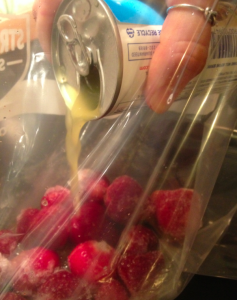
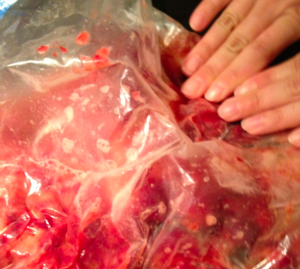
Using frozen fruit means that the cells have already been broken open by tiny ice crystals, and the mashing action further separates these cells, so the DNA comes out. The pineapple juice helps free up the DNA because it contains an enzyme that break down proteins around the DNA molecule, and thus is not only a tasty ingredient, but serves a valuable function.
We then soak the mash in a water bath at 50-60C for 10 minutes (hotter than bathwater, but not so hot it can burn you). This helps the pineapple enzyme in its job of breaking down proteins. We next add our mixture to ice water for 10 minutes. This slows down or stops other enzymes, present in our berries, which break down DNA. Meaning more DNA for us at the end! Once the mix has chilled, we strain it to remove clumpy bits.
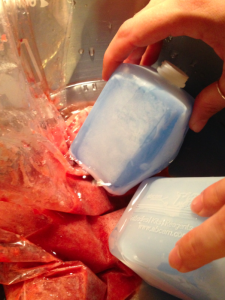
The last step is to add liquor! We’re using Everclear, which is 95% corn alcohol, and I’m amazed anyone is allowed to drink this. A more palatable option would be Bacardi 151. Anything at or above 75% alcohol by volume will work. We gently poured chilled alcohol over our mixture. Alcohol is less dense than water, so it floats, and we use this neat fact to add alcohol until it’s about equal in volume to our mixture. DNA hates alcohol, in the sense that any molecule can hate, which is to mean it doesn’t like being around it. It’s not attracted to it. It thinks alcohol is a jerk. So it curls in on itself, a process called precipitation. This means all that DNA floating around suddenly becomes visible as a stringy mass of white stuff:
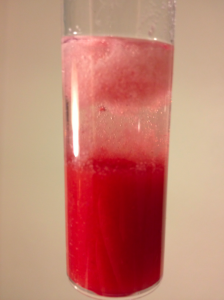
Ta-da! We have now extracted DNA! And on to the important questions, like what does it feel like?? Smell like? Taste like?
It feels like soggy cotton candy. Very soft, but if you push down it has a granular texture. Really not what I was expecting.
As far as we could tell, it didn’t smell like anything. I dried some of the DNA globs and brought them to work for tasting. We all agreed it tasted roughly like the fruit it came from. Not bad. Kinda subtle and nice. This is probably because there were some contaminates in our DNA that made it taste a little more delicious.
To celebrate our DNA success, Leila and I followed up by drinking our precipitation, minus most of the Everclear which we poured off, because it tastes horrible.

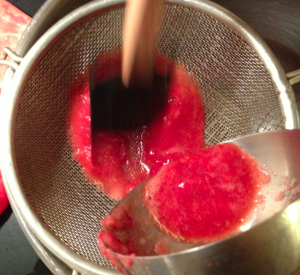




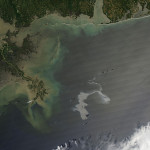
Love this idea! I found this recipe very helpful for health. What a healthy tasty treat.